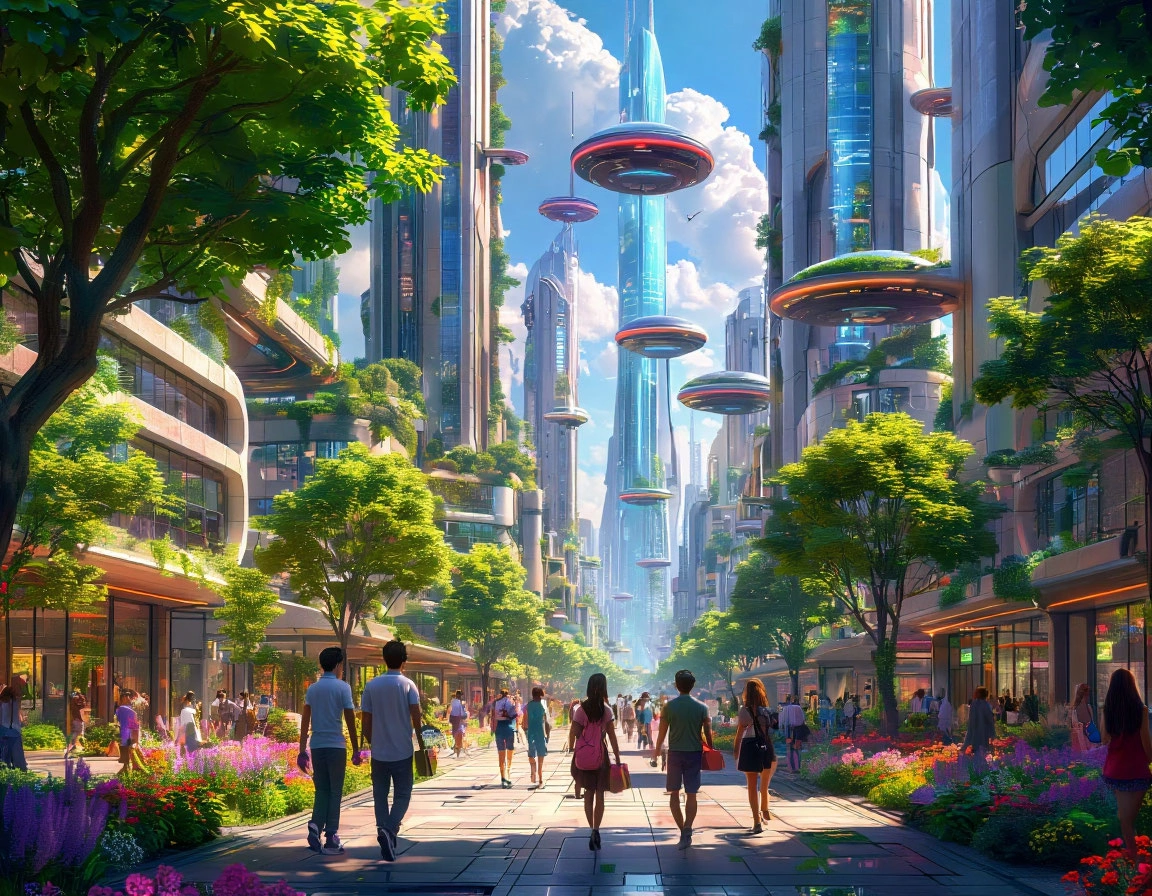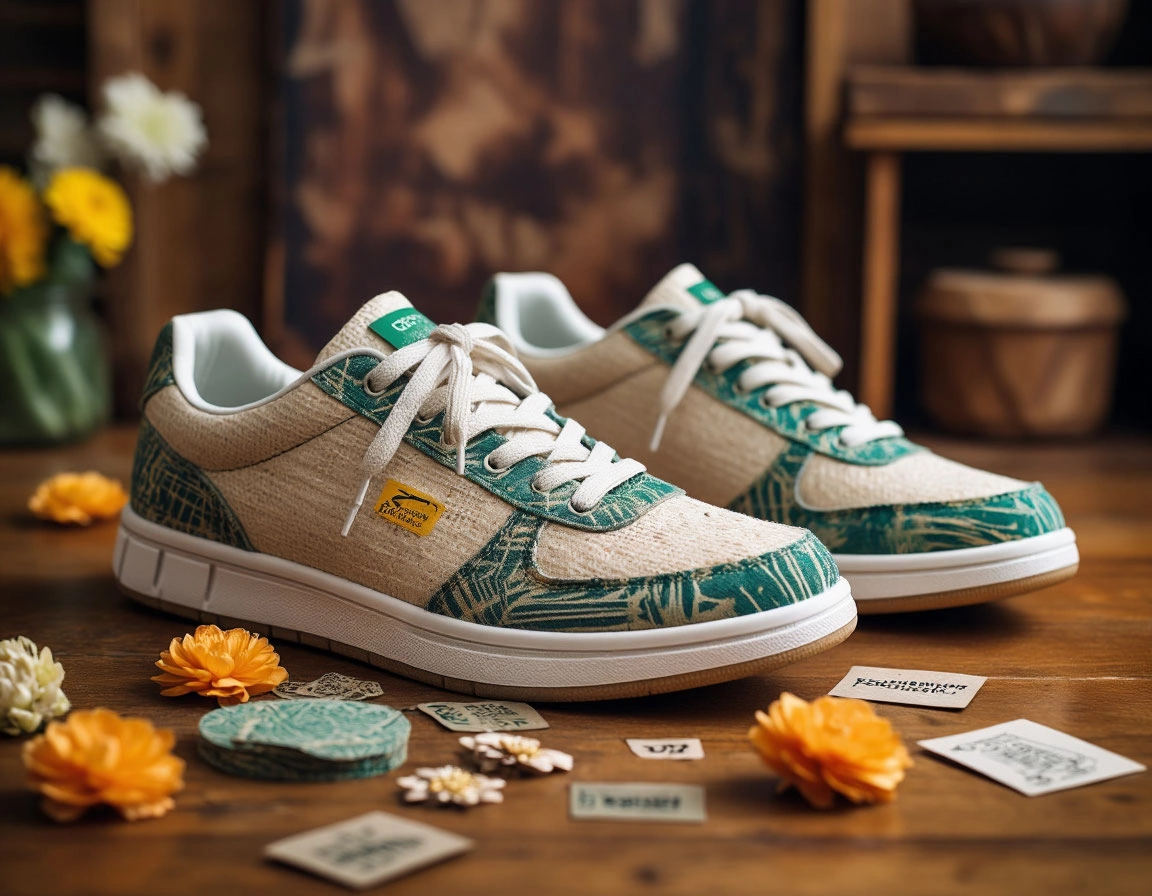🌍 Can We Make Sustainability Affordable Without Killing Capitalism?

💥 Is It All or Nothing?
Is making sustainability affordable under capitalism truly impossible? Or are we just not looking hard enough at the problem — or more importantly, at the opportunities?
Architect and sustainability advocate Smith Mordak recently raised this challenge in a thought-provoking piece, suggesting that truly ethical, sustainable, and affordable products simply cannot exist under capitalism. Mordak’s argument is rooted in a fictional — yet painfully realistic — story: an entrepreneur begins with a bold vision for a sustainable chair made from ethical materials and fair labor. But as scale increases and cost pressure mounts, the vision crumbles. Cheaper, less sustainable materials are introduced. The price goes down — and so does the mission.
Mordak concludes that capitalism itself is the culprit. It’s not just a product design issue — it’s a system design failure. The proposed solution? Rethink the entire economy: implement universal basic income, embrace alternative currencies, enable co-living models, and challenge traditional value exchange.

🧠 But Do We Have to Abandon the System?
The core question remains: Must we dismantle capitalism to achieve sustainability and affordability? The answer, especially for designers and innovators, is not so black and white. While we shouldn’t ignore the deep-rooted issues in current systems, we also can’t afford to tell the next generation of creators that the only way to act is to wait for a new economy to emerge. In fact, framing sustainability as always more expensive can discourage innovation. It boxes in designers, making them believe their only option is to create expensive, niche, eco-friendly products for wealthy customers. It limits the very kind of creative thinking needed to hack the system from the inside.

👟 Sustainability Can Be Affordable — Real-World Proof
Some brands are already proving that sustainability and affordability can coexist. Veja, the sneaker brand, is a prime example. Despite using ethically sourced materials and paying fair wages, Veja keeps prices competitive with major mainstream brands.
How? Two bold choices:
1. Zero advertising — freeing up funds typically spent on marketing.
2. Slow growth — scaling sustainably instead of chasing fast profits.
This mindset flips the typical business model, reallocating resources from brand noise to product integrity. It’s business model innovation — not utopian dreaming — that creates new possibilities. Pandora, the world’s largest jewelry company, made a similar move by switching to 100% recycled metals. Despite a $10 million cost increase, it didn’t raise prices, choosing instead to cut internal inefficiencies. These are the real-world hacks that Mordak’s argument overlooks.

🧃 Packaging, Food Waste, and Closet Apps — More Affordable Innovation
Across industries, we’re seeing other creative ways to make sustainability accessible:
• Refillable packaging: Supermarkets like Ocado and M&S offer discounts for reusable packaging — a win-win for both customers and the planet.
• Too Good to Go: This app rescues food from going to waste while helping people eat affordably.
• Digital wardrobe apps: These tools help users “shop their closet,” extending the life of clothing and reducing overconsumption.
• Beni: A free browser extension that helps people buy secondhand more easily, promoting reuse without added costs.
All of these examples show that smart design, when aligned with new digital tools and values-driven strategy, can stretch the boundaries of what’s possible — even under capitalism.
🛠 Hacking the System Starts with Mindset
Designers are more than stylists — they are systems thinkers. And while systemic transformation is essential, we shouldn’t treat today’s economy as completely immovable.
Designers should approach their work with a “system hacker” mindset, as described by von Busch and Palmas — modifying the rules, bending limitations, and finding unexpected methods to turn capitalism’s weaknesses into design opportunities. Think of it as ethical jiu-jitsu — using the system’s own force to redirect its energy.
By zooming out to see the larger economic and social context — and then zooming in to innovate at the business model level — designers can ask better questions, spot leverage points, and develop strategies that don’t just rely on higher prices as the only measure of sustainability.
Close